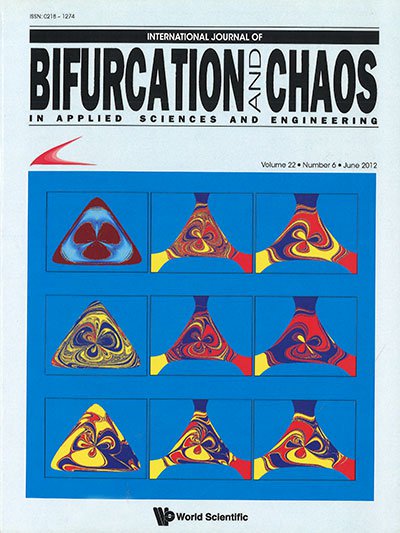CHAOTIC DETECTOR FOR BPSK SIGNALS IN VERY LOW SNR CONDITIONS
Abstract
Chaotic detection of weak signals based on Duffing oscillator uses the property of sensitive dependence on initial conditions (SDIC). A small signal can cause a transition between the states of the system and thus be detected. Different from the early works, we concentrate on using chaotic oscillator as a detector for BPSK signals in very low signal-to-noise ratio (SNR) conditions. Phase transition identification is the key step of weak signals detection by using Duffing oscillator. In this paper, we expose a novel algorithm to use Teager energy operator (TEO) to identify the phase transition, which is more easily to be calculated than the usually used methods. According to this algorithm, a methodology is proposed for detection for BPSK signals using Duffing oscillator. A powerline carrier communication system is studied as an example to illustrate the bit error performance of the proposed chaotic detector. The simulation results show that the proposed detector works much better than the traditional coherent demodulation in strong background noise, and it can improve the error performance of uncoded BPSK signal approaching the Shannon limit curve. The proposed chaotic detector gives us another way to approach the Shannon limit without using any complex channel code technology.



